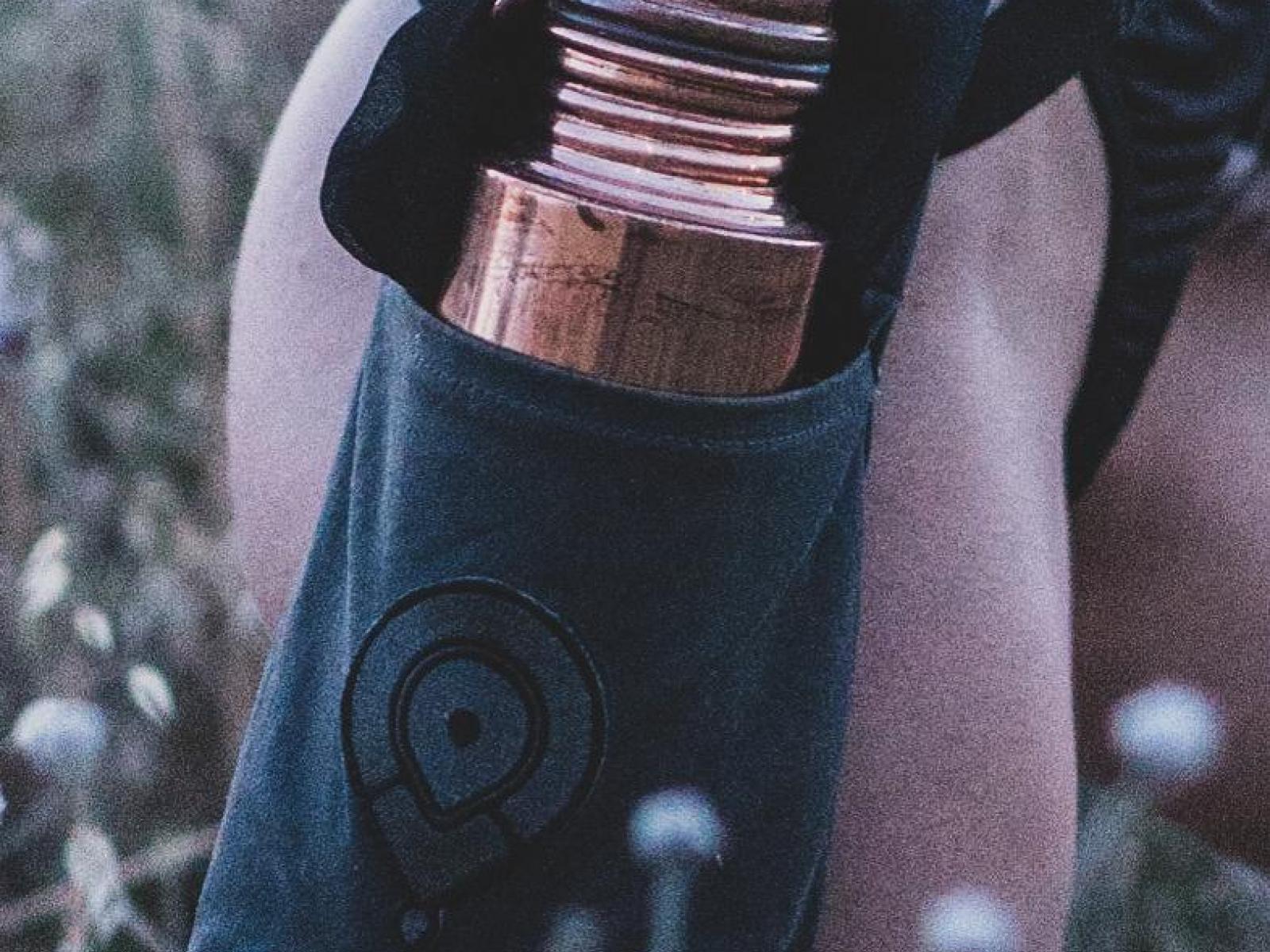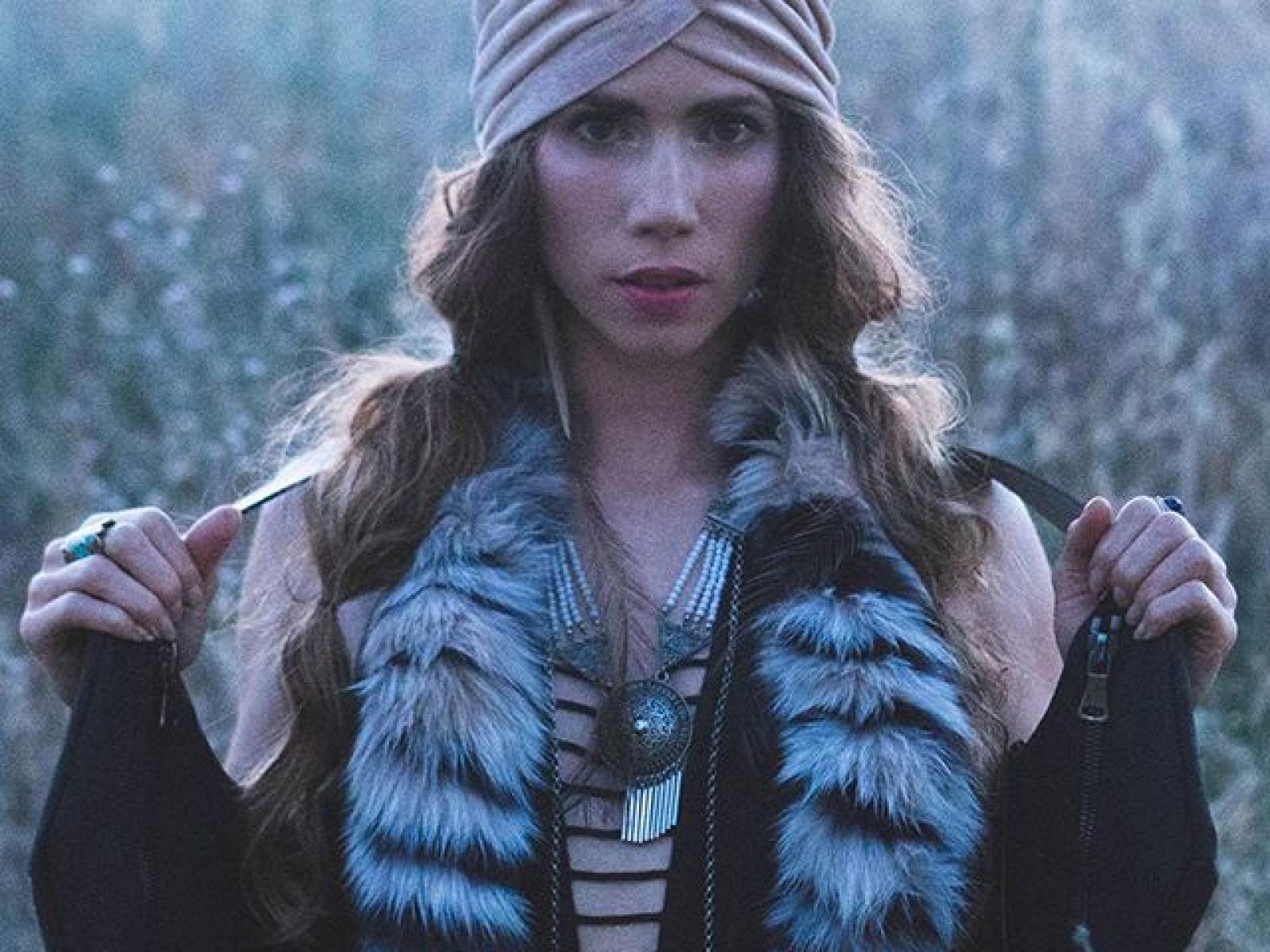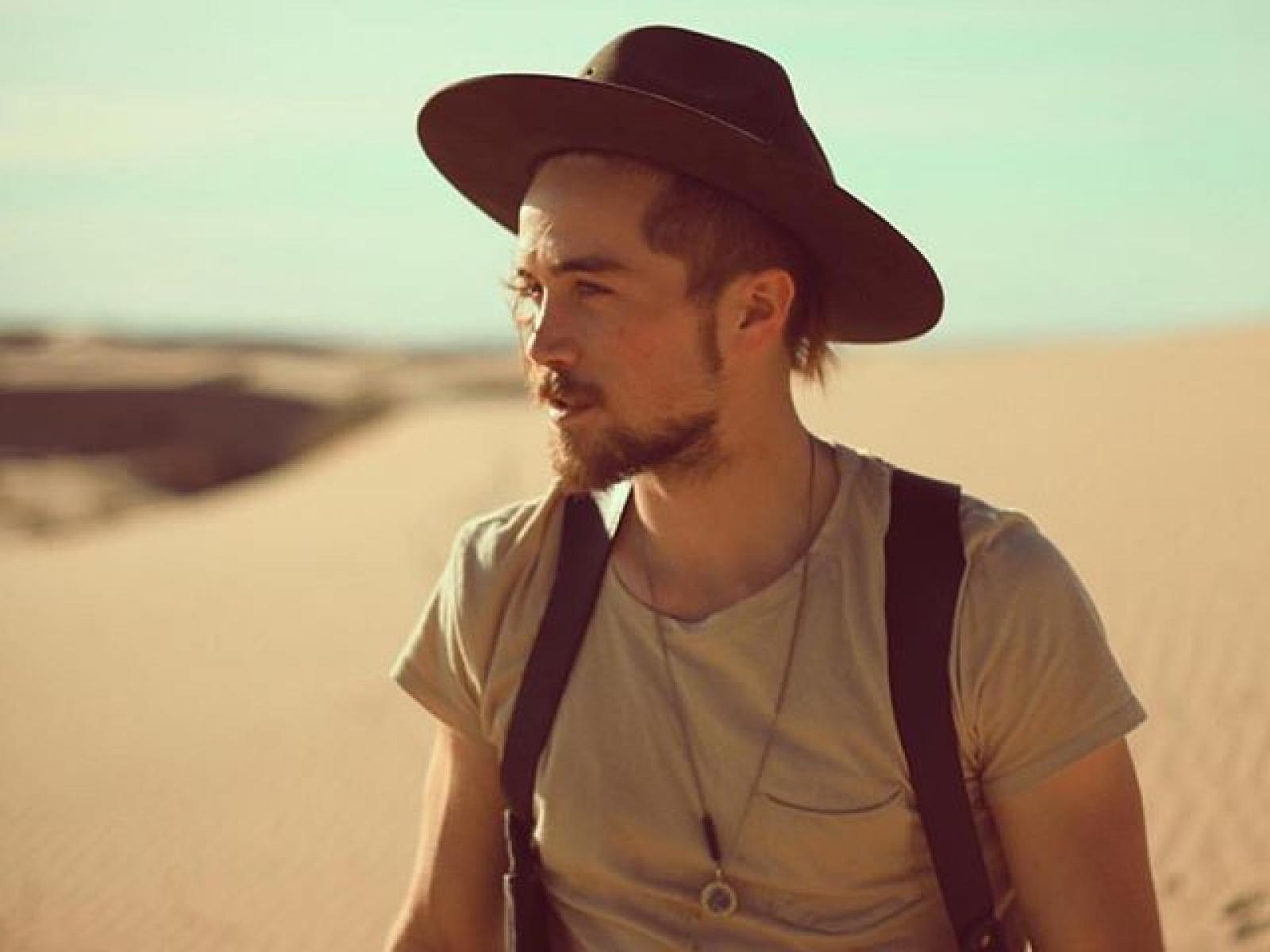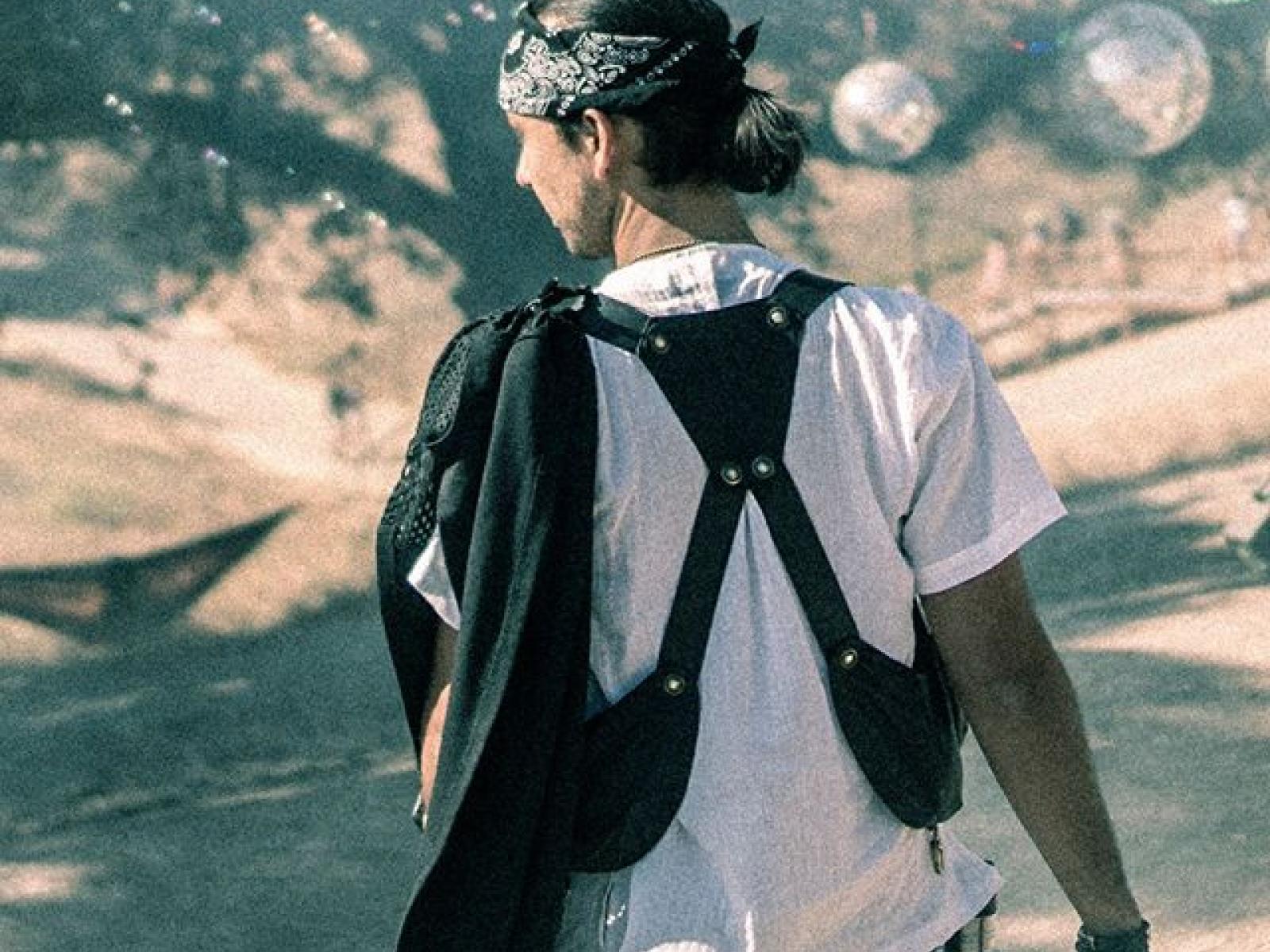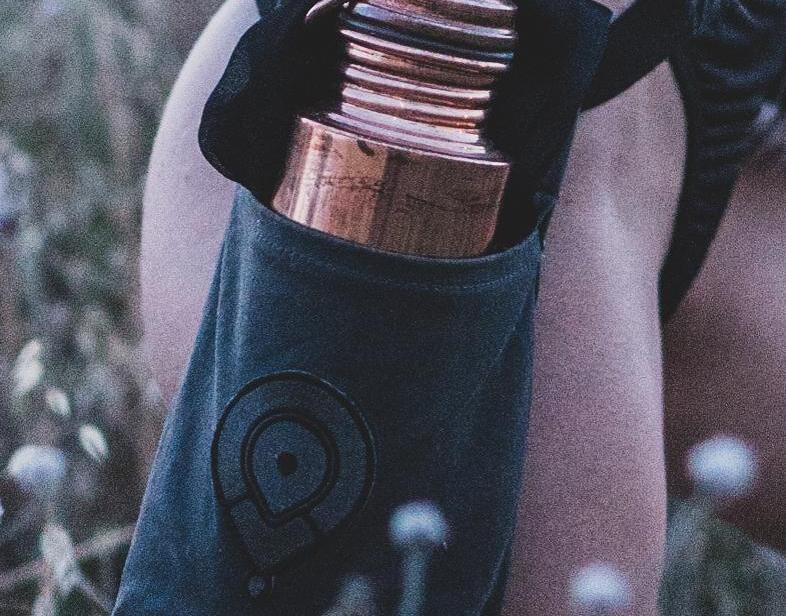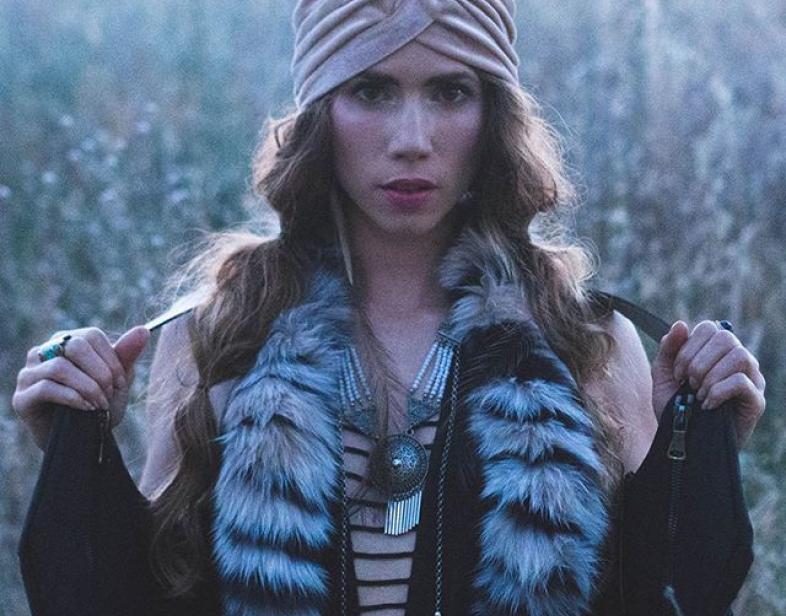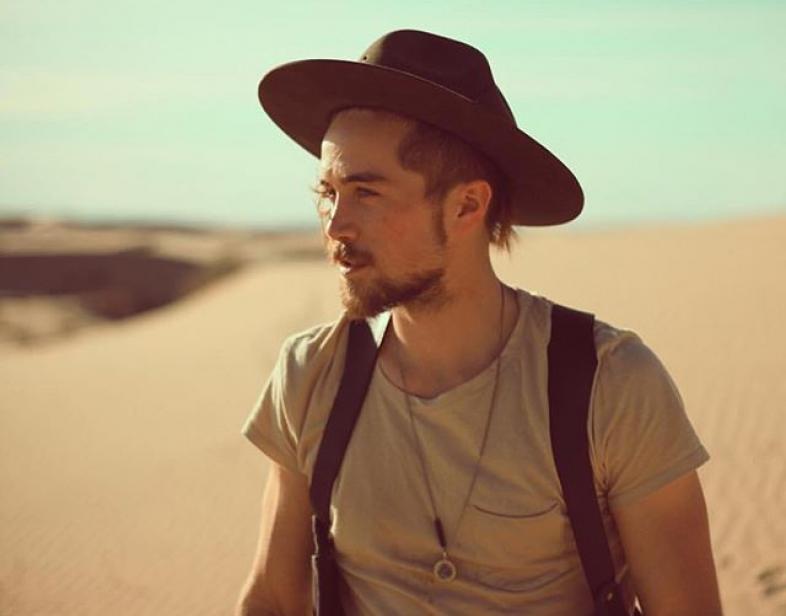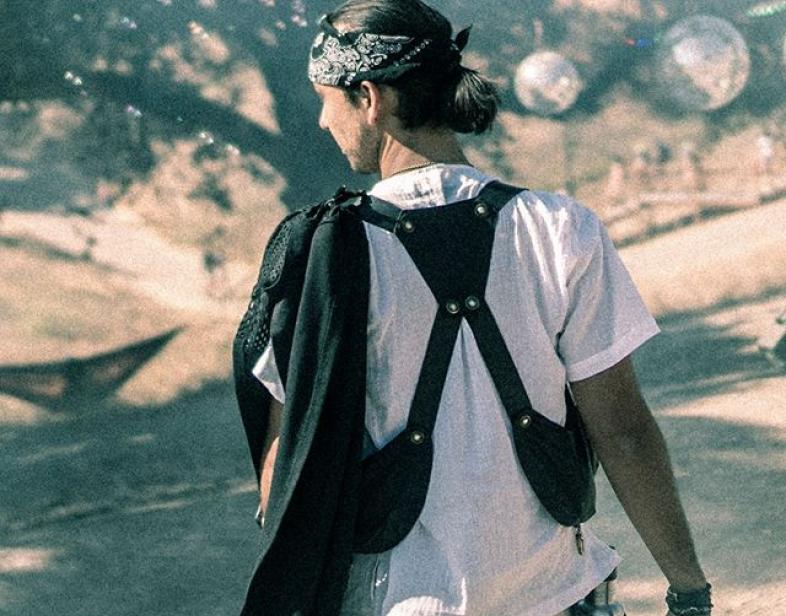An Overview Of Our Solution
Many are concerned about climate-change and the global pollution epidemic but lack the inspiration, community, financial incentive, or will to take action. Pop-culture glamorizes excessive lifestyles, portraying human wastefulness as a positive evolutionary trait for attracting a mate. People influenced by these cultural messages easily disassociate science-backed warnings that over-consumptive lifestyles destroy the planet (Ernest Becker; Terror-Management Theory). In order to seed positive behavioral change for adoption at scale in the social consciousness, the message and solution must be framed together and delivered in accordance with pop-culture and the zeitgeist of modern design/fashion. I present CôValence, a lifestyle brand that creates events and sleek/minimalist apparel/accessories that function to change the wearer’s behavior through behavioral-design
- Population Impacted: 5,000,000,000
- Continent: North America
Context Analysis
From remote islands to New York, people know songs/movies from Western-pop culture framing us into a tribe of materialism, mind-numbing, and Kardashian-like imagery. People desire to be part of this societal tribe that seems most evolutionarily fit, thereby promoting overconsumption that accelerates fossil fuels/single-use. Global populations are watching/mimicking digital stories from Los Angeles also evidenced by ubiquitously distributed US chains. What we do, the urban world does, on a global average. So, start a subconscious cultural movement using the LA conduit through influencers people already idolize without focusing on climate. You can make almost anything popular through well-financed storytelling for others to make their own. It’s a formula. Kylie Jenner would not be a cosmetics billionaire if it wasn’t for Kardashian idolization. A “Supreme” brick should not cost $200. People should not vote against their economic interests but they do. Lets tell a different story.
Describe the technical solution you wanted the target audience to adopt
Simple solution: use proven methods that have successfully sold us a world that idolizes disposability and dopamine thrills to one that idolizes sleek, minimal designs that encourage reusability (e.g. water bottles, cutlery) through a community embodying regenerative lifestyle focusing on incremental steps to regenerate habit. We use behavioral design commonly used in App development to reinforce behavior through functional cues while increasing user sex appeal through sleek urban design adopted by influencer/market innovators. We create first-in-category accessories designed to work together into a personal operating-system inspired by tech product design (e.g. Apple). First-in-category is also market-critical. Forming a new system creates a whole lifestyle upgrade rather than a guilt-associated single behavior. Next, partner with lifestyle event companies that design experiences to reinforce these habits under the guise of music, art, and a party. Do it in LA for everyone to watch.
Type of intervention
Describe your behavioral intervention
We induce lifestyle shifts through step-wise behavior cloaked in familiar social incentive channels that fulfill the desire to belong. Belonging to mainstream culture encourages a wealth-based image that promotes constant consumption to “look” updated. Deviating from this lifestyle is not only hard but contrary to established social instincts. Countering this requires a similar social rewards system that fulfills several criteria: emotional appeal via enhanced individual image and ethical practice, social incentive via the brand community and its “coolness” factor, simple/successive actionable steps through optimal choice architecture. This approach also capitalizes on the booming Experience Economy. We use functional accessories that work on behavior step-wise starting with our water-bottle-holder (WBH) while reinforcing the behavior through social events. People purchase because of design then function. It is a fashion/mating statement instead of a logic-based choice. We pair this with a multi-use cloak that transforms from a scarf to a poncho, empowering minimalism through modular design. Our balance bags are ergonomic pocket systems that retain essentials and enhance posture, reducing pain/frustration to free the mind. We are upgrading lifestyle that has behavior change embedded. We create conditions for shifts. We will offer more reusable items like cutlery embedded within fashion-forward accessories and events: the Experience economy. See below
As needed, please explain the type of intervention in more detail
First principles can be drawn from the accidental experiment started by Burning Man (BM). Not founded for behavior change, BM created a social norm where 70K people practice reusability/don’t litter through self-expression while achieving self-empowerment. Since behaviors are rooted in physical expression/community, this lifestyle shift is maintained post-event upon return to convenience-filled societies. This has grown from hundreds to 70K with global BM-like events and BM nightly socials every week with big-tech and celebs now joining. While BM creates conditions requiring reusable item usage, it has secondarily encouraged people to explore other life aspects to reduce consumption. I collaborate with social scientists studying this now.
Describe your implementation
We heavily market-tested these past years. We co-branded and sold out of our water-bottle-holder (WBH) with LA-based event company DoLab at their 30K-person Lightning in a Bottle (LiB) festival 2017 where only free filtered water from spigots is offered. They were the first to offer free filtered water, which spurred other festivals to do so, thereby spreading new social norms. This year we sold thousands worth of our other products as well as curated regenerative culture talks at LiB thereby building our community. The rise in immersive events is accelerating a cultural movement founded in functionality/minimalism, which has spread to global city-based social gatherings. We also observed many loyal customers wearing CoValence at other festivals/city events. We sold out of all items at LA Art Walks and other pop-ups demonstrating success in other markets. This gives us great confidence that products are purchased not only for function but also design, which is key. People must emotionally connect with the design followed by cultural integration through story/function. All of this without a single paid marketing campaign. I was also invited to speak about CoValence at the OurOcean Summit 2017 where I met RARE CEO Brett. We have curated events, salons, and ocean summits from LA to Indonesia where CoValence sponsored and led talks on behavior change resulting in national sales and international reach. Key success factors are the continued rise of the experience economy and environmental/social consciousness calling for lifestyle shifts worldwide. The Millennial Impact Project has identified that millennials/Gen-Z’s identify making a difference as personally gratifying embedded in their personal identity, and EcoWatch 2017 demonstrated 78% of sampled youth willing to change their lifestyle. Major obstacles included severely small funding for a lifestyle startup. We overcome by our resourcefulness with help from others that believe in this but are still grinding.
External connections
We have an expansive LA network that has been pivotal given our small budget. I co-produce global summits with NEXUS (www.nexusglobal.org) that is comprised of globally influential individuals, entrepreneurs, and those in policy who have massive reach across diverse sectors. I co-chair the NEXUS Futurism Lab whose members are helping develop our concept and mechanisms to scale as we go through testing. I am also an active Summit member (summit.co) where I have been featured to speak at side events and whose members are a target market. I co-founded OceanSOS (oceansos.earth) that hosts ocean-tech and behavior-change events. Since CoValence has roots in music/art/culture as well as behavioral/climate science, we can collaborate across fields including music/arts/entertainment as well as science/policy/business to spread concepts and reach. I am working with social scientists to begin to quantify carbon/oil/resource savings resulting from reduced/reusable consumption inspired by art and culture vs savings produced from guilt-based campaigns. By creating media and PR that highlight the power of culture to seed values through generations, we can begin to quantify exponential effects of resource savings from lifestyle upgrades through generations (people technology) to couple with other popular technologies remediating the environment over shorter time scales. We have a huge academic network as well as deep connections with entertainers to write new lifestyle narratives.
Who adopted the desired behaviors and to what degree?
We have developed these products for years prior to CoValence. Aside from recurring use of our customers, I will highlight more personal results that led to CoValence. Our core team began to create functional apparel and host conscious gatherings ~5 years ago in LA from house parties to outdoor settings with the idea of “show not tell” since the environmental movement “tells” everyone to how to live their lives. Friends started to bring other friends into our gatherings, which soon began to rapidly increase in size. All were great people but many had never thought about how their behaviors impacted a world they cared about. They used to bring disposable cutlery and environmentally unfriendly products. We simply created conditions for shift through showing our way in a non-judgmental expressive space. I am ecstatic to say that most have completely changed their lifestyle to reusable items and food with transparent supply chains. After 5 years of testing/partnering, we formed CoValence.
How did you impact natural resource use and greenhouse gas emissions?
Since our platform is designed for full life shifts through art/culture that lead to reduced consumption, reusable items usage, reduced littering, etc., we have to not only calculate reduced resource use/GHGs, but also create a science framework to appropriately access information (doing now with social scientists). Simple example: lets initially focus on reusable water bottle use where any number of metrics can be calculated. At LiB (2017), we sold out of 60 units of water-bottle-holders (WBH). Assuming 1 person drinks 3 bottles worth of H20 each day across 4 days onsite, that is 360 GHGs saved (0.5 kgs to make 1 plastic bottle (PB) ), 720 liters fossil fuel (1 L/PB), 4852 H20 gallons (6.74 L/PB), etc. Imagine at scale. The real impact comes from the impact this person’s shift will have on other behaviors, other people, and their unborn future generations. These events also garner the most media visibility. If we can make this the urban social norm, everyone will be watching.
What were some of the resulting co-benefits?
A huge benefit we observed in combining familiar product categories with community building events was that profound inner shifts occurred that redefined fulfillment/happiness. Through providing functional tools and visceral experiences that offered immediate rewards to replace fleeting ones, others recreated this experience for their peers and brought their friends. To break from the Western narrative of materialistic lifestyle that bolsters insecurity, mind-numbing behavior, and depression, this approach shows paths towards happiness through experience and minimalism. People cannot focus on climate change or planet-saving if they are unempowered, which is what we are currently seeing with the opioid and depression epidemic. If empowerment comes from new options, people can be a positive force for others leading to exponential spread. They can then have the opportunity to realize their well-being is dependent on the well-being of their environment and their peers
Sustainability
We are a for-profit where diverse revenue streams are being devised from physical products to events to behavioral-data-package-reports to water-ATMS, etc. Non-profits serve well for certain impact functions with built-in trust while for-profits have been traditionally self-serving. However, if capitalism is our medium, then new for-profit paradigms must be built that work for both humanity and the planet as certain non-profit categories can be inefficient for rapid scale due to constant fundraising. We are due to build a completely new society with transparent/circular supply chains and social/environmental benefits. We are aiming to wholesale with constant upgrades to our sourcing using tech advancements and increased revenue.
Return on investment
To create everything (legal/products/marketing/travel/etc.), we used initial funding of $50K plus received $10K in comp’d services by others who wanted to help. We sold out of several rounds of production totaling $15K in gross revenue. Because initial costs are high with limited funding for large inventory/marketing, we had to use revenue to dynamically pay for fundamental infrastructure while using a portion to restock inventory. All market indicators have been very positive but progress gradual as we are still doing small-scale market tests for different types of designs, verbiage, campaigns, etc., which is not financially insignificant. This prize will enable us to improve our economies of scale and increase demographic range.
How could we successfully replicate this solution elsewhere?
Since we leverage proven marketing techniques coupled to the growth of the experience economy, almost any mission-driven products/experiences can be created/scaled if a lifestyle brand is built around it with small seed (e.g. Supreme, although not mission-driven). Access to influential network is important. Other companies have used great lifestyle branding to sell non-superior products spec-wise: Supreme, Apple. Burning Man model is so successful that an emergent property is novel market creation. DoLab is a product of this. To our knowledge, no apparel/events company (besides us) has used function/imagery/pop culture for full lifestyle shifts. A tech lifestyle example: Tesla. People buy Tesla cars for design/appeal first and emissions second. The marketing plays off of high-end “fast cars” schemas prebuilt into mainstream culture. Now, they use that to sell greentech in other markets. Marketing this lifestyle also enables partnering with other locally accepted cultural brands.

